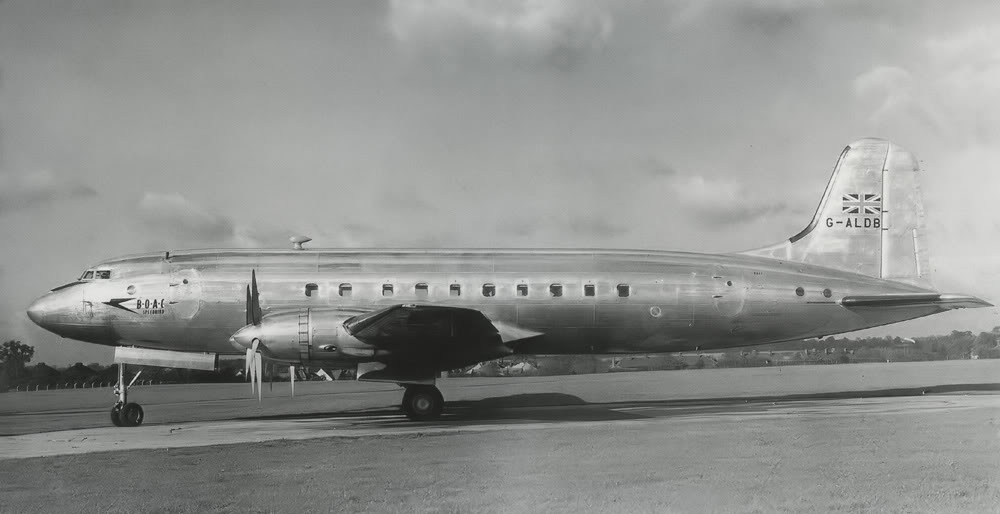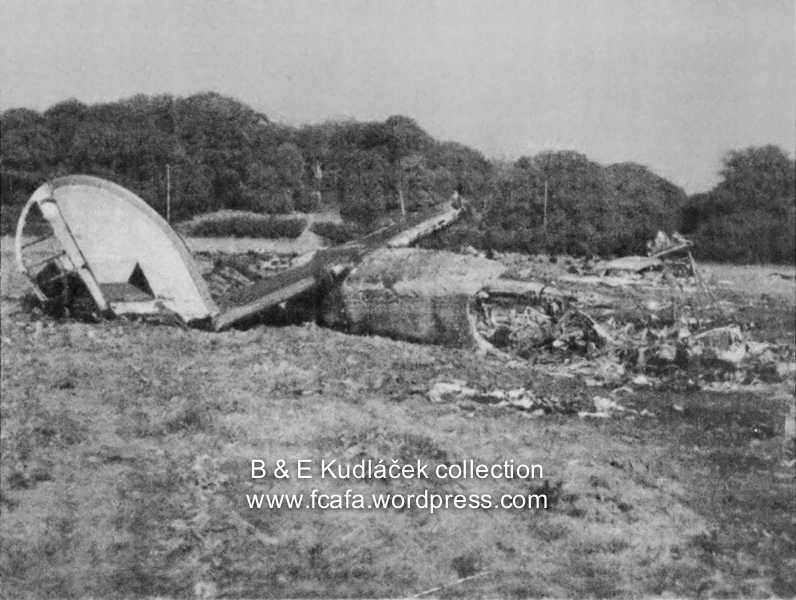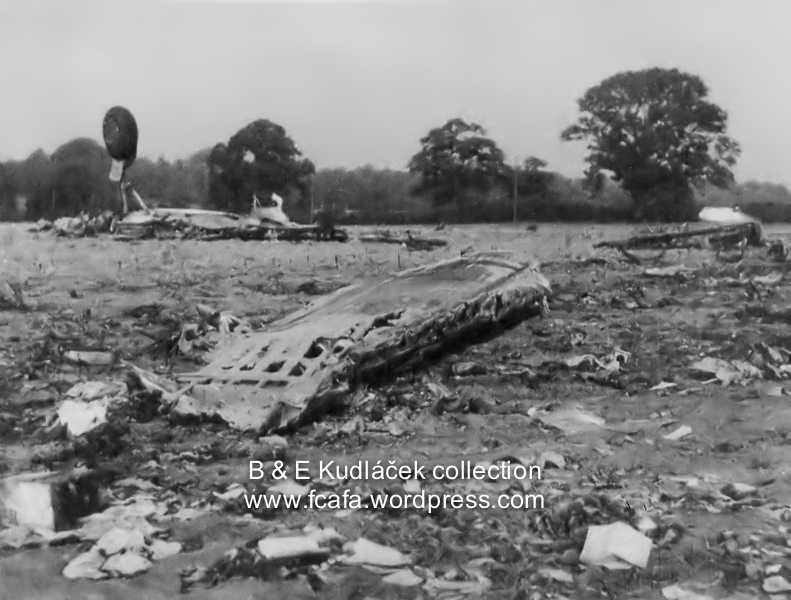Crash of a Handley Page H.P.81 Hermes IV/A off Trapani: 7 killed
Date & Time:
Aug 25, 1952 at 0300 LT
Registration:
G-ALDF
Survivors:
Yes
Schedule:
Blackbushe – Luqa – Khartoum
MSN:
81/7
YOM:
1950
Crew on board:
6
Crew fatalities:
Pax on board:
51
Pax fatalities:
Other fatalities:
Total fatalities:
7
Circumstances:
The aircraft, engaged on a non-scheduled flight from Blackbushe, England to Wadi Seidna, Khartoum, via Malta, took off from Blackbushe Airport at 2025LT on August 24 with 51 passengers and 6 crew. The flight was normal until 0025GMT when the aircraft reached a position about 20 miles west of Trapani. At this time, No. 2 and No. 3 engines showed signs of abnormal functioning and were deliberately shut down and the propellers feathered. Without electrical power except from the batteries which were depleted of their charge by use of the radio equipment for emergency signals, Nos. 1 and 4 engines began to show signs of abnormal functioning. At approximately 00300LT, a ditching was carried out on the sea between the Port of Trapani and the island of Formica. Four passengers were drowned and two missing, one stewardess was also missing.
Probable cause:
The probable cause of the accident lay in a failure of one or both of the two inner engines number two and three. The reason for the failure was undetermined. The contributory causes were:
- State of mind arising from the knowledge of another accident, only a short time before, to an aircraft of the same type, which was proved to have been due to power-plant failure,
- Failure of electrical generators when number two and three engines stopped,
- Batteries inadequate for ensuring normal flight functions and not even sufficient for satisfactory transmission of distress messages,
- Limited experience of the crew and of the hostesses on this type of aircraft,
- Limited training of the crew,
- Emergency procedures not properly followed, particularly by the hostesses,
- Life rafts either missing or not used,
- Failure of lifebelts.
The Commission was of the opinion that only one of the two inner engines (Nos. 2 and 3) failed of its own accord and that the stoppage and failure of the other one was caused by an error of the flight engineer.
- State of mind arising from the knowledge of another accident, only a short time before, to an aircraft of the same type, which was proved to have been due to power-plant failure,
- Failure of electrical generators when number two and three engines stopped,
- Batteries inadequate for ensuring normal flight functions and not even sufficient for satisfactory transmission of distress messages,
- Limited experience of the crew and of the hostesses on this type of aircraft,
- Limited training of the crew,
- Emergency procedures not properly followed, particularly by the hostesses,
- Life rafts either missing or not used,
- Failure of lifebelts.
The Commission was of the opinion that only one of the two inner engines (Nos. 2 and 3) failed of its own accord and that the stoppage and failure of the other one was caused by an error of the flight engineer.
Final Report:






